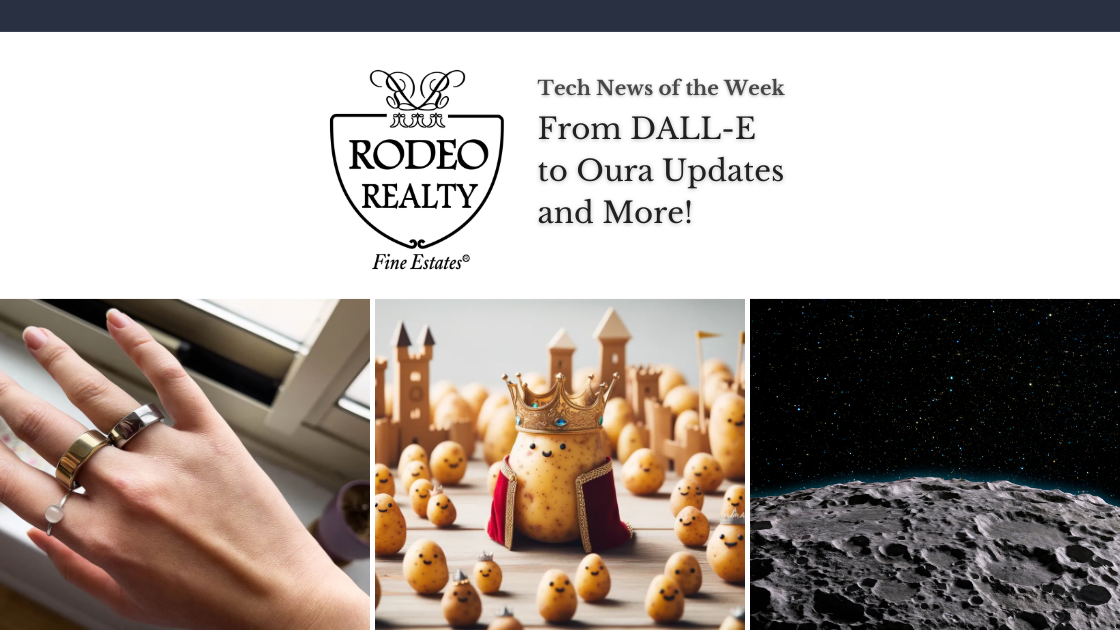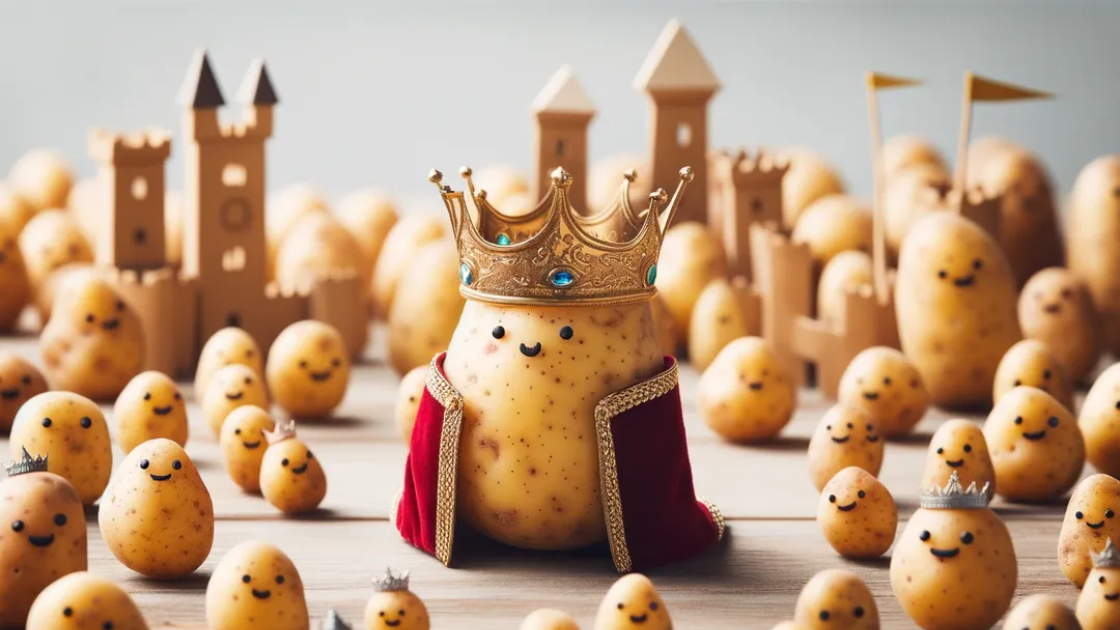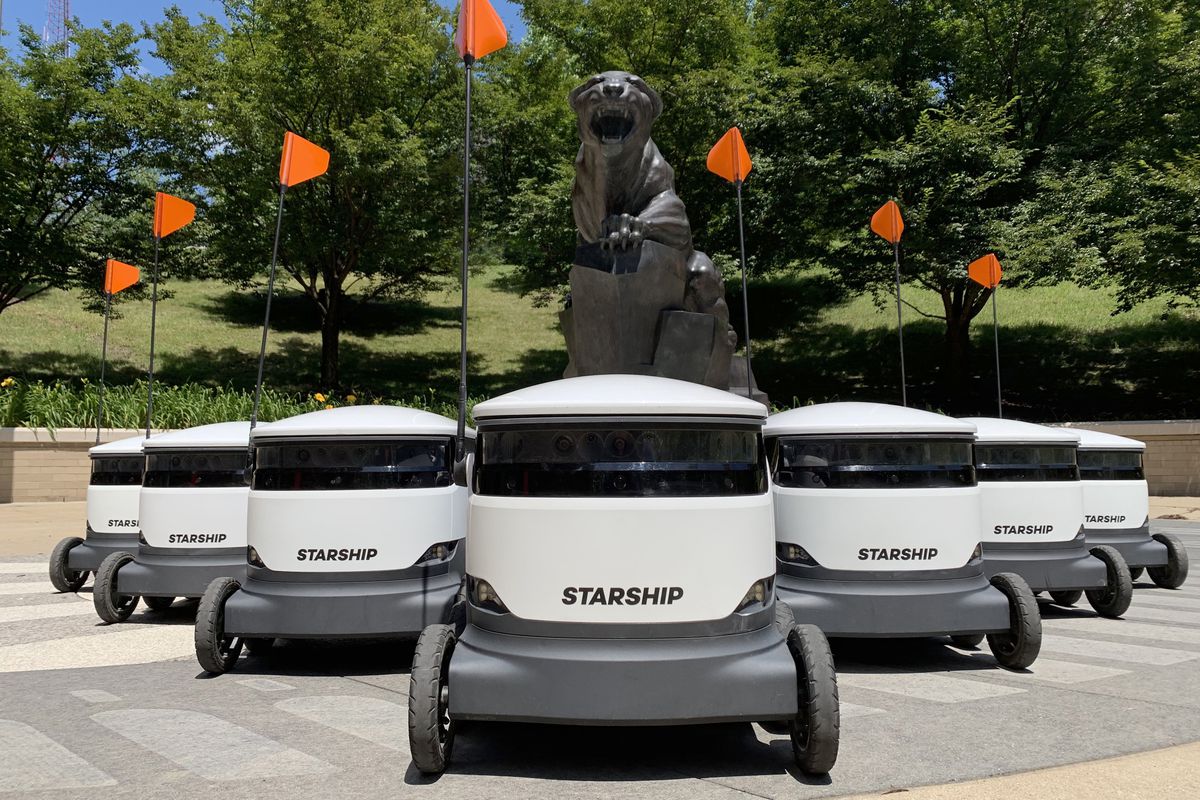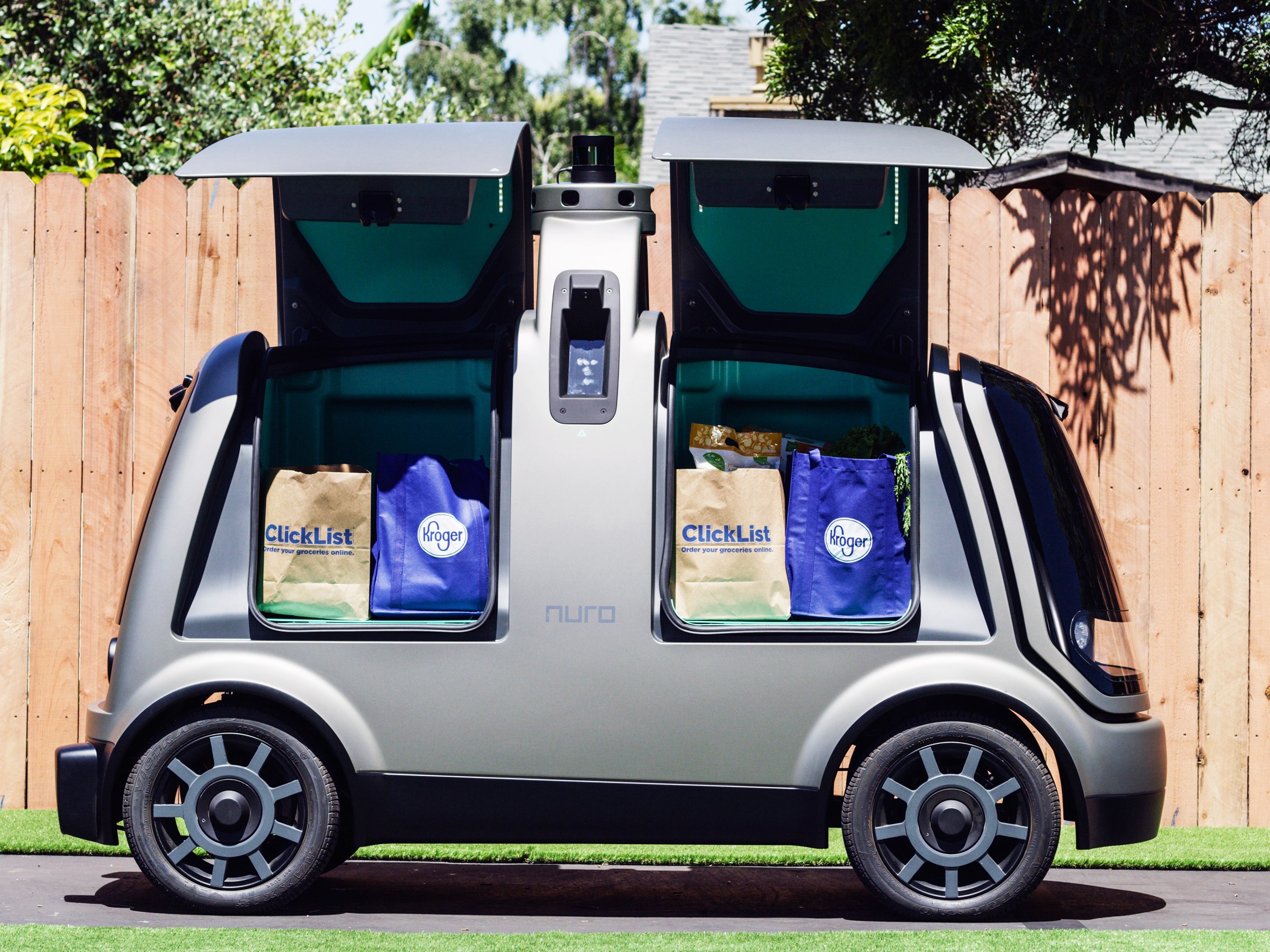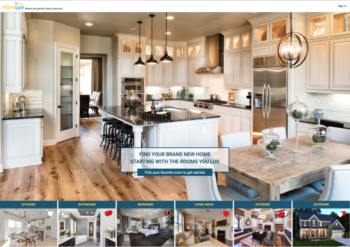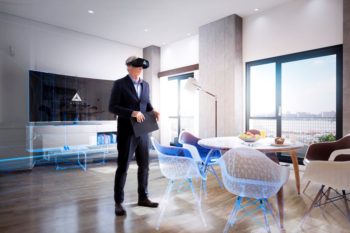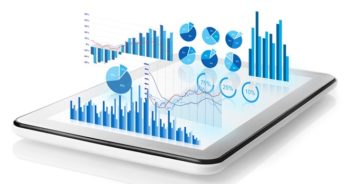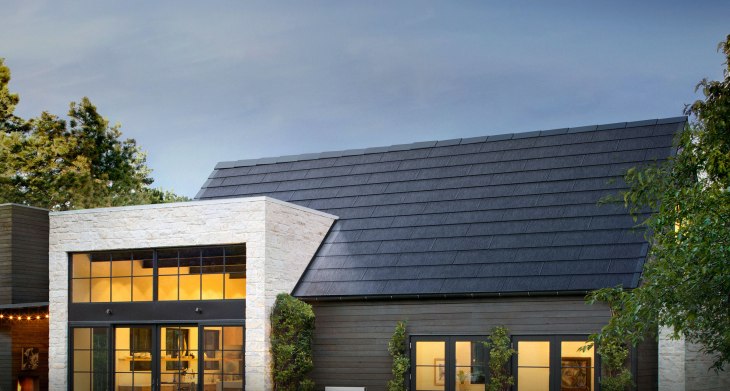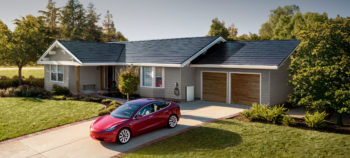From an LCD Timex to the Metaverse and more, we have you covered on the top stories in the world of tech. Stay connected to what’s happening this week from across the web with our round-up. Check out this week’s tech news blog!
Timex Reissues Its First LCD Watch — Retro, Simple, and Water-Ready

Timex brought back the SSQ Digital Reissue, a modern take on the brand’s first low-power LCD watch from 1975. The beloved Timex timepiece combines retro styling with updated materials and slightly modernized controls. The reissue keeps the minimalist functionality that made the Timex original practical. Likewise, there are updates, like adding a recycled stainless-steel case. In addition, the watch features water resistance to 50 meters and a revised button layout for an easier time setting. Price positioning and limited availability mean it’s targeting Timex collectors and design fans. It’s a neat reminder that nostalgia can be productized thoughtfully when designers respect the original’s charm. For anyone who values analog simplicity more than smartwatch bells and whistles, the “new” Timex is a handsome, affordable collectible.
Meta’s Metaverse Push: Horizon Worlds, Mobile, and Social Experiments
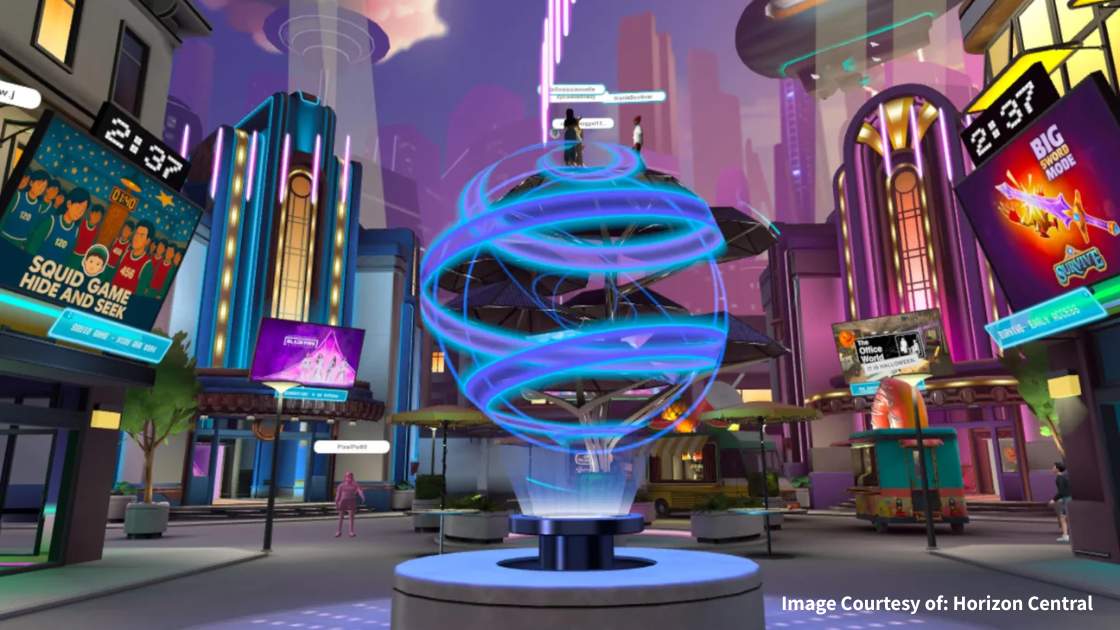
Meta continues pushing Horizon Worlds and related metaverse experiments toward more social and mobile use cases, rethinking how virtual spaces fit into everyday social apps and casual discovery. The company is testing lighter experiences that can live on phones as well as headsets, aiming to lower the barrier to entry and let more people experience “virtual” social moments without heavy hardware. Meta frames these experiments as iterative user research—pop-ups, mobile pilots, and creator incentives—to learn what people actually find meaningful in shared virtual spaces. Critics still note that mainstream adoption remains a long haul, but Meta’s strategy is shifting from a monolithic vision to a collection of smaller, testable products. The takeaway: Meta wants the metaverse to be more social and less sci-fi-exclusive, at least in its roadmap.
Samsung Leak Teases Android XR Headset “Project Moohan” Ahead of Launch
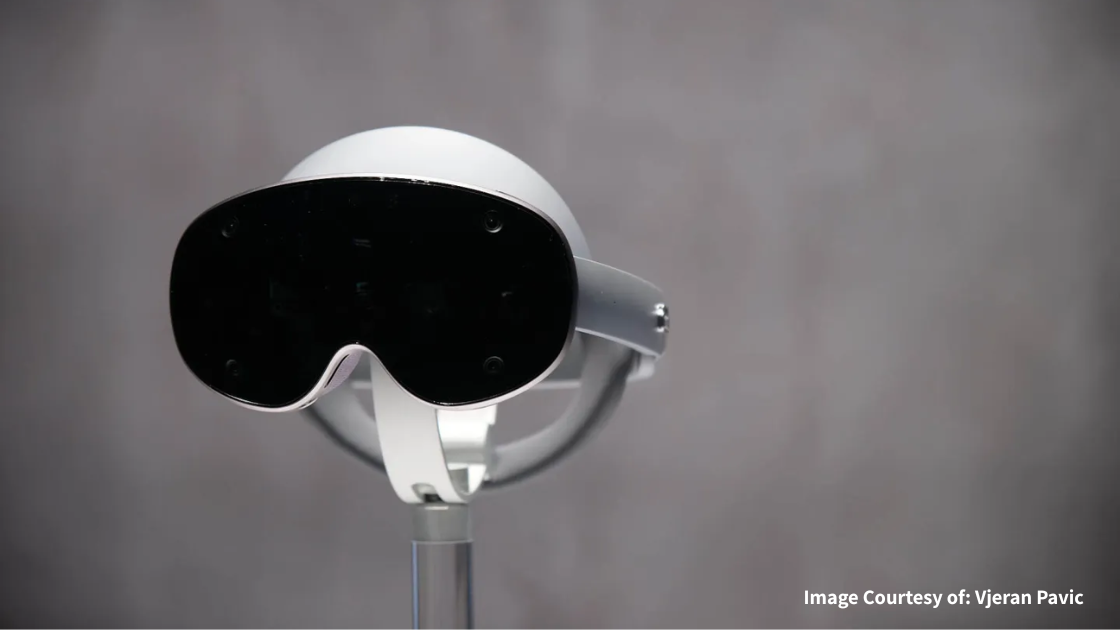
Leaks suggest Samsung’s upcoming Android XR headset—codenamed Project Moohan—will appear soon with a focus on mobile-grade optics, improved comfort, and system-level integration with Android XR APIs. The prototype details indicate Samsung is targeting a balance between consumer comfort and developer accessibility, likely emphasizing lightweight design and compatibility with broader Android ecosystems. If true, Moohan could accelerate XR app development by offering another mainstream, Android-compatible headset that’s easier for creators to target. Of course, leaks are provisional—official specs and launch timing will determine whether Samsung’s entry reshapes the market or lands as another iterative headset. For developers and XR fans, it’s a promising sign that major OEMs are still investing in spatial computing.
OneDrive’s New Windows App Brings an AI Photo Agent and Copilot Features

Microsoft updated OneDrive for Windows with a refreshed app shell and an AI photo agent that helps surface moments, auto-tag images, and offer Copilot-style photo edit suggestions directly inside the file experience. The revamp aims to make OneDrive less of a passive backup and more of an assistant that organizes, summarizes, and helps you act on your files—particularly photos and videos—without leaving Windows. Integration with Copilot features means you can ask natural-language questions about your library and get curated results or edits, speeding common tasks like creating albums or finding a specific screenshot. Microsoft also emphasized privacy controls and local indexing to keep the experience responsive and secure. For Windows users who already rely on OneDrive, the update turns storage into a more proactive productivity tool.
Dia Browser Leaves the Invite Queue — Now Available on Mac
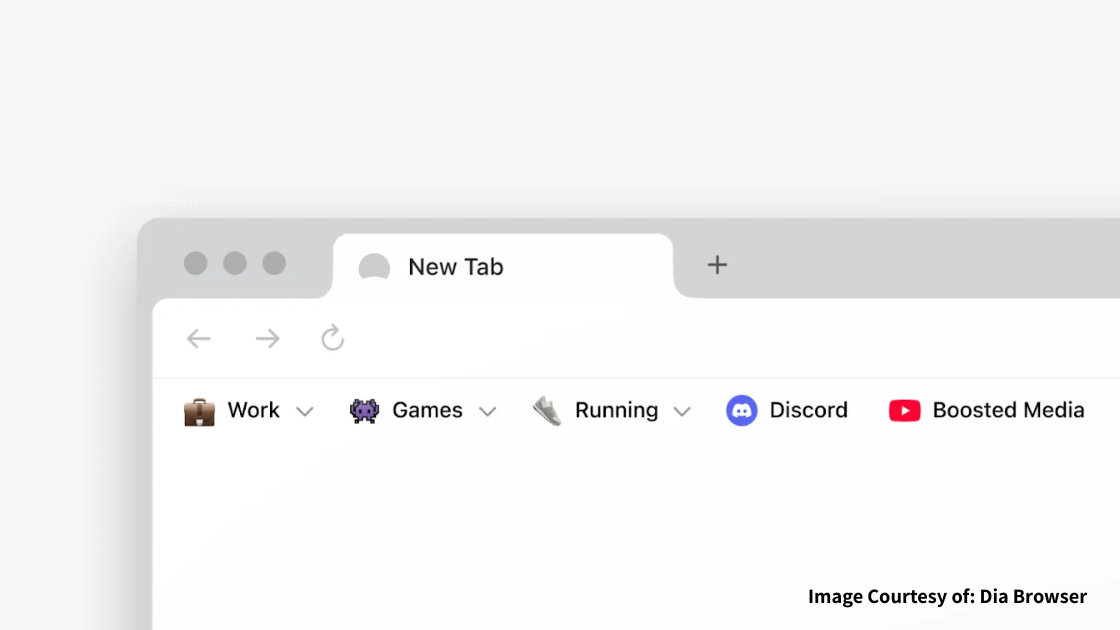
The Browser Company released Dia for macOS without an invite requirement, letting more users test its spatial, note-centric browsing model that treats links, tabs, and notes as parts of a single workspace. Dia aims to reframe browsing from a linear tab list into a visual canvas where research, writing, and tab triage are more naturally organized and searchable. The Mac release broadens access for creators and knowledge workers who want an alternative to traditional tab chaos, and it includes collaborative features that map to group research workflows. While still early-stage, Dia’s approach is resonating with users who juggle complex projects and need a less fragmented window-management model. Expect further feature polishing as the team learns from broader usage patterns.
Verizon Acquires Starry to Expand Fixed Wireless and mmWave Reach

Verizon agreed to buy Starry in a deal that layers Starry’s fixed-wireless assets and local broadband operations into Verizon’s broader home and wireless strategy—especially as mmWave and fixed wireless access remain important parts of last-mile competition. The acquisition gives Verizon localized network reach and customer relationships in markets where Starry already had a footing, and it signals continued interest in blended wired/wireless broadband models. For consumers, the deal could mean more options for last-mile connectivity in dense urban pockets and faster rollouts of higher-speed plans. Regulators and competitors will watch how Verizon integrates Starry’s assets, but strategically it’s a clear push to broaden retail broadband offerings without relying solely on fiber builds.
iOS 26 Adds a Setting to Keep AirPods Connected During CarPlay Sessions
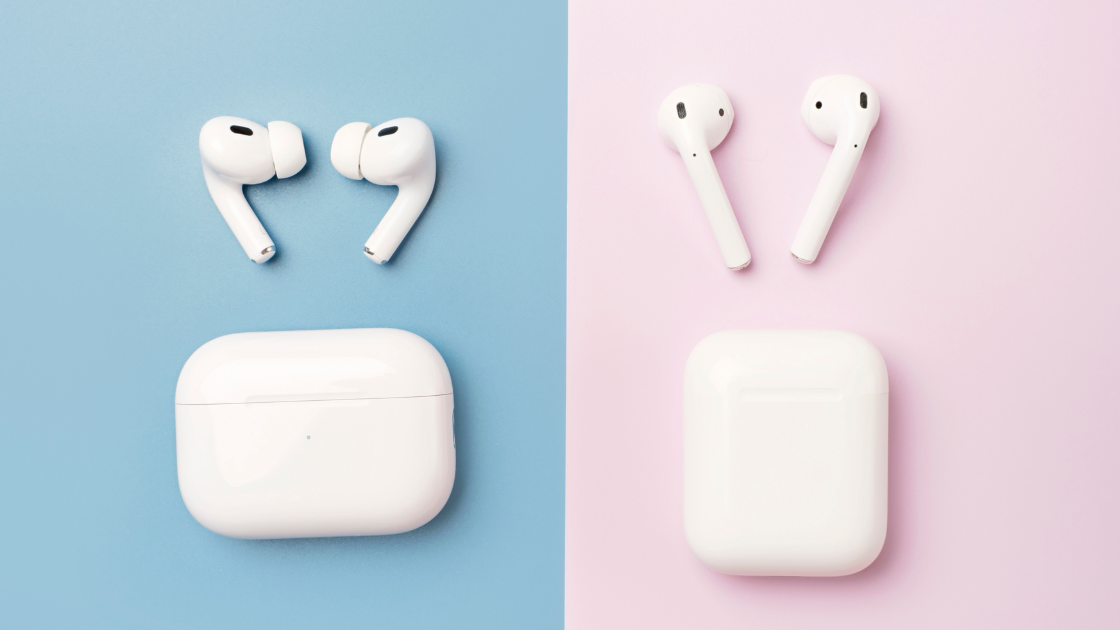
Apple’s iOS 26 introduces a new option that prevents CarPlay from taking over audio output and disconnecting AirPods or other wireless headphones when you connect to a vehicle’s infotainment system. The toggle is a small but meaningful quality-of-life fix for users who frequently move between phone and car audio and prefer to keep private listening during calls or navigation. Apple’s update shows continued attention to subtle cross-device interactions—areas where tiny UX choices make daily device use much less frustrating. It’s one of those fixes that will quietly please commuters and families who juggle multiple audio devices. Expect the setting to appear in the next public iOS release and for CarPlay behavior to become more predictable as a result.

